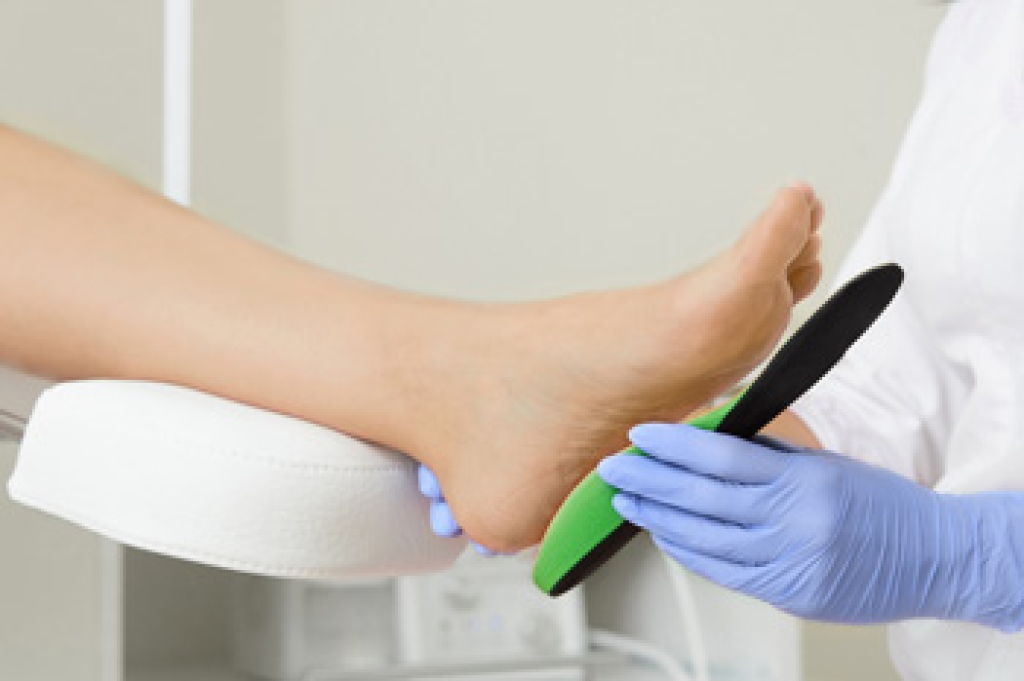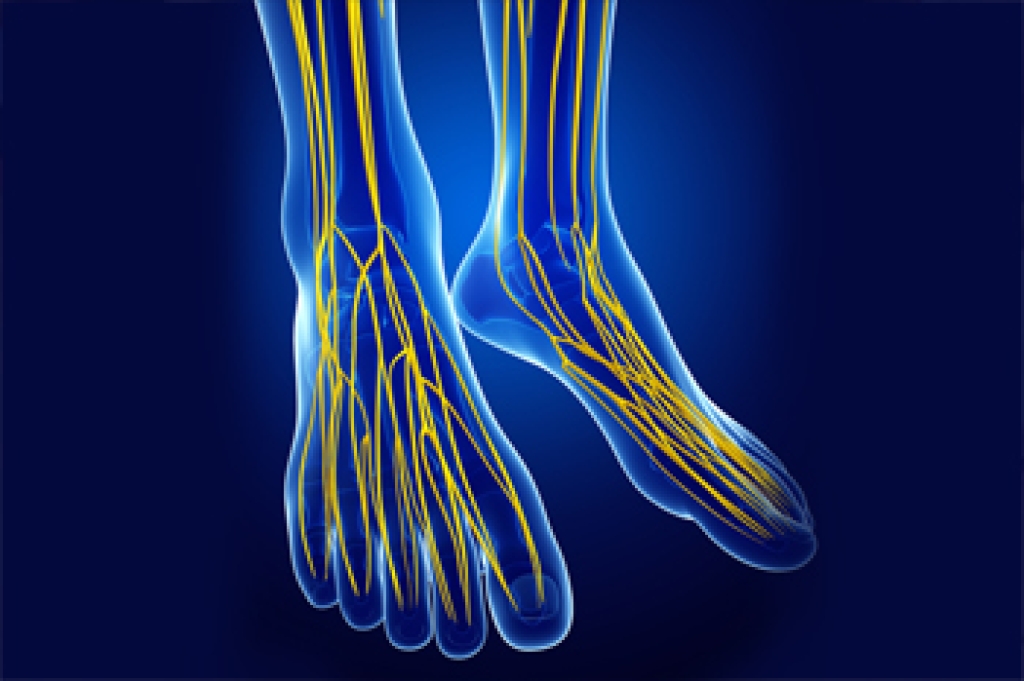If your child has a red, blistering rash on their feet, a sore throat, and a fever, they may be suffering from hand, foot, and mouth (HFM) disease. HFM is a viral infection common in early childhood. It is spread through direct contact with bodily fluids. The blisters associated with HFM disease are typically red with a small, fluid-filled bubble on top, although they can also be flat. These blisters may peel, leaving behind ulcers. HFM blisters often appear on the soles of the feet. While HFM usually clears up on its own, your child may experience pain or discomfort from HFM blisters on their feet. Keeping their feet clean and applying antibiotic ointments over popped blisters can help prevent infection. If your child has a rash or blisters on their feet, it is suggested that you consult with a podiatrist.
The health of a child’s feet is vital to their overall well-being. If you have any questions regarding foot health, contact one of our podiatrists of ABC Podiatry. Our doctors can provide the care you need to keep you pain-free and on your feet.
Tips for Keeping Children's Feet Healthy
- Make sure their shoes fit properly
- Look for any signs of in-toeing or out-toeing
- Check to see if they have Clubfoot (condition that affects your child’s foot and ankle, twisting the heel and toes inward) which is one of the most common nonmajor birth defects.
- Lightly cover your baby’s feet (Tight covers may keep your baby from moving their feet freely, and could prevent normal development)
- Allow your toddler to go shoeless (Shoes can be restricting for a young child’s foot)
- Cut toenails straight across to avoid ingrown toenails
- Keep your child’s foot clean and dry
- Cover cuts and scrapes. Wash any scratches with soap and water and cover them with a bandage until they’ve healed.
If you have any questions, please feel free to contact our office located in Columbus, OH . We offer the newest diagnostic and treatment technologies for all your foot care needs.









